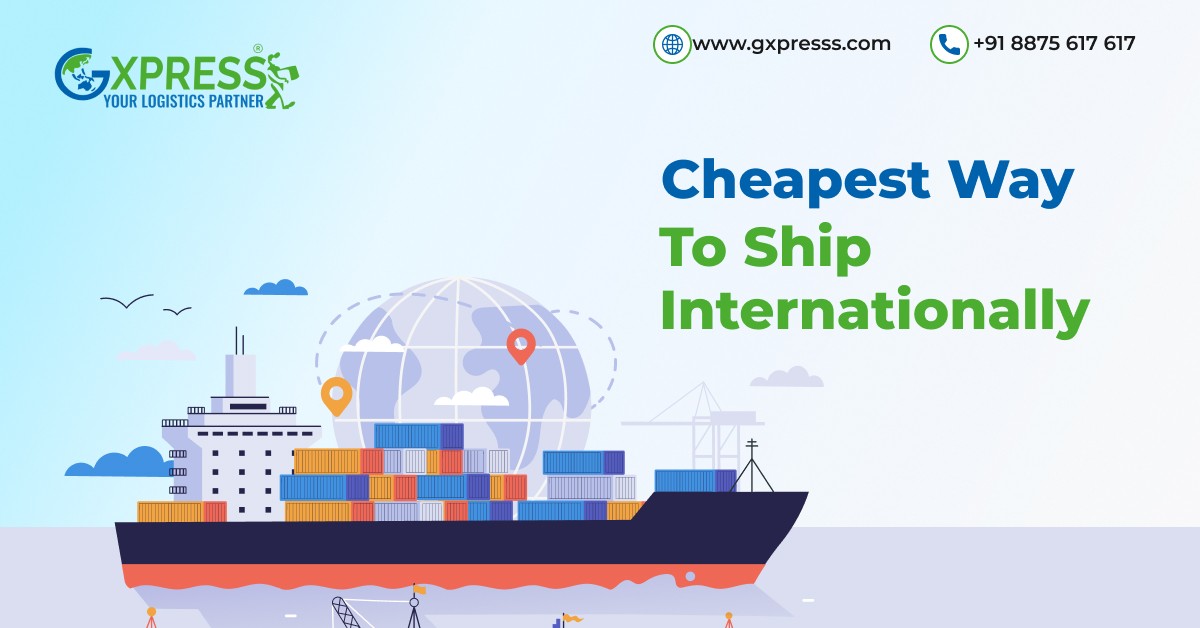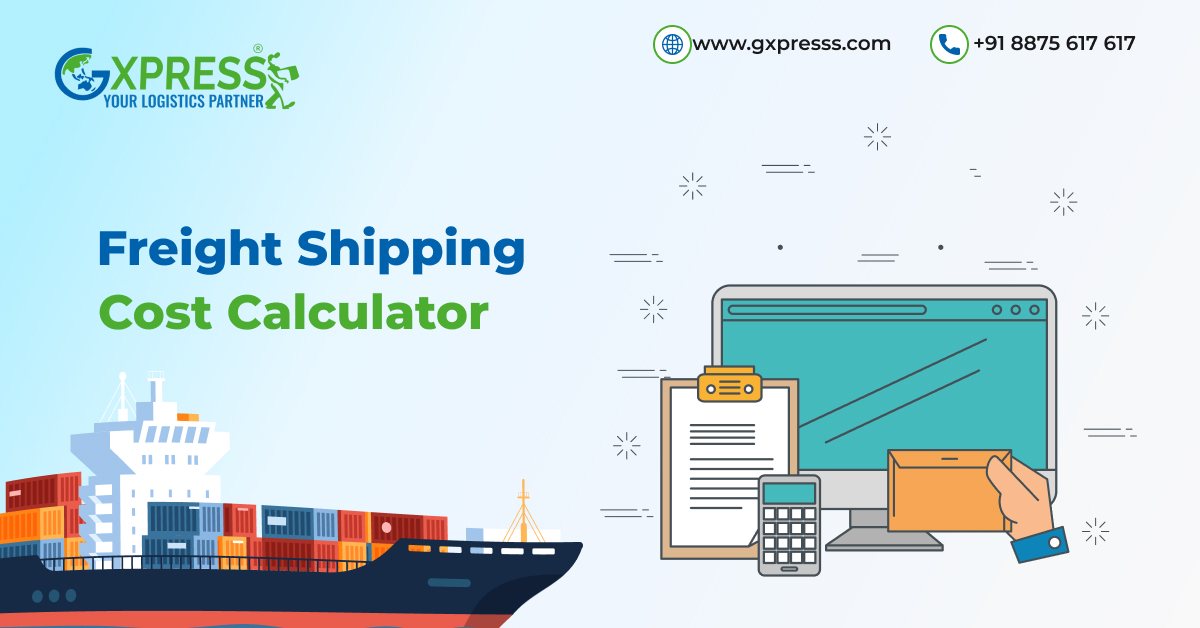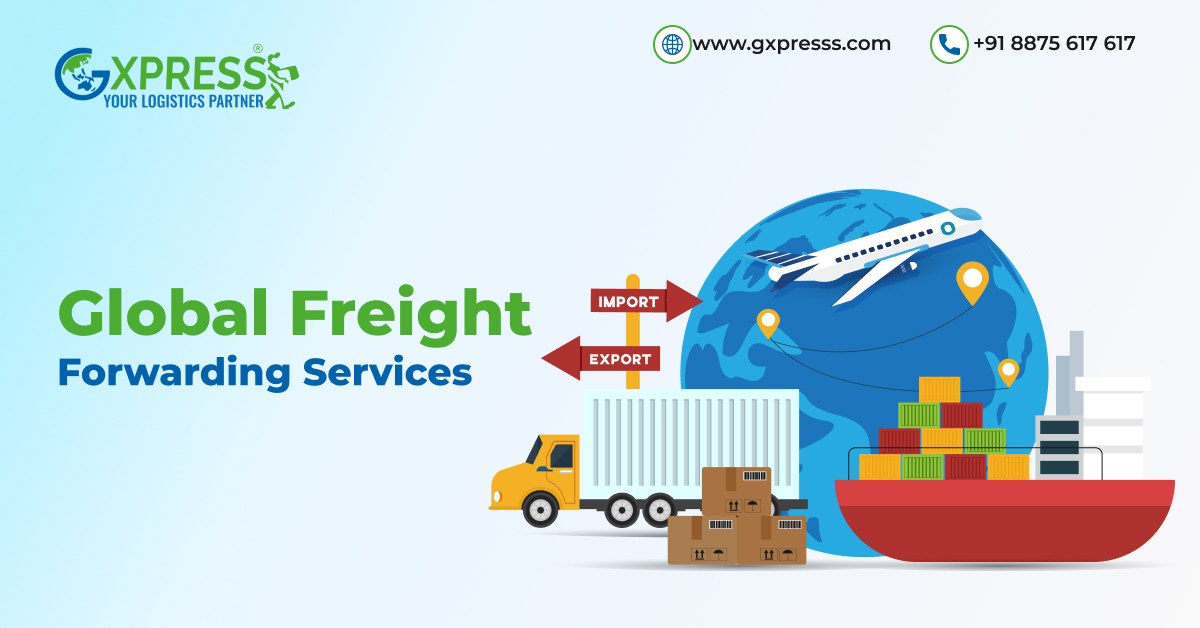September 29, 2025Freight8 min readBy Admin
Customs Clearance Process for Imports: Step-by-Step Guide for Hassle-Free Shipping
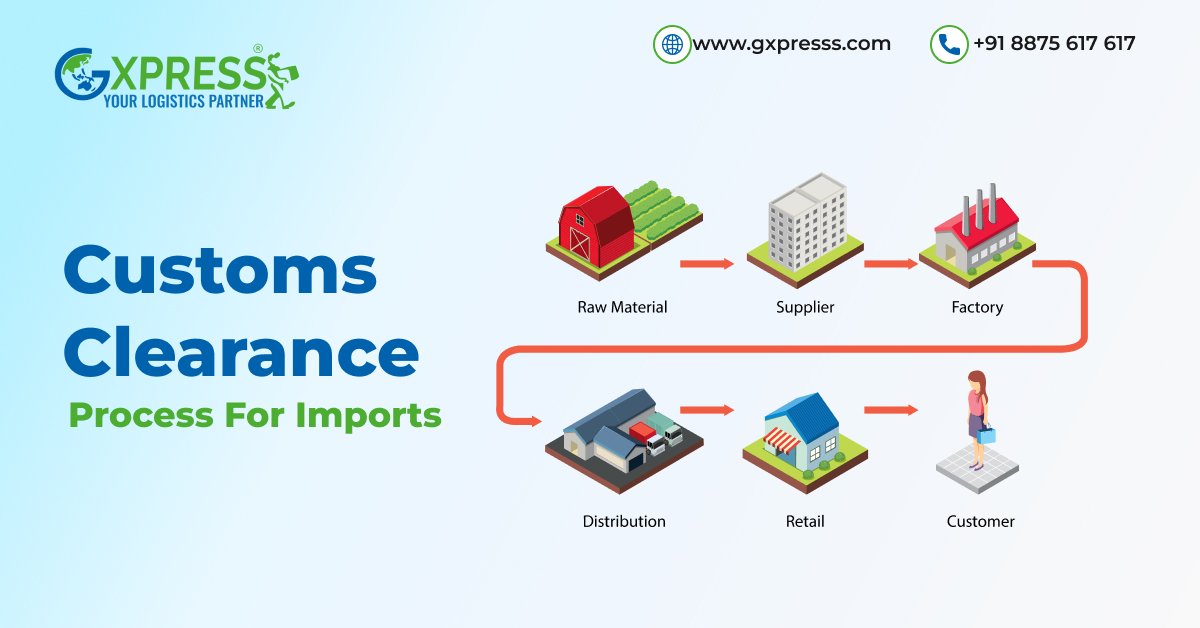
Knowing the customs clearance process for imports really helps a business. Suppose you ordered a massive shipment that is meant to be the raw materials of your company, coming from a foreign country and is supposed to be enough for the next three months of your production line.
To many who bring in goods, this phase often feels as if they are lost in the middle of documents, duties, and examinations. Late arrivals here may trigger the piling of storage fees, losing the potential for the sale of your products and the continuous stress that you will undergo.
However, with proper knowledge and planning, the process of customs clearance can not only be the right way, but also a smooth and predictable part of your shipping journey.
This is such a good guide on how we can learn comprehensively the step-by-step customs clearance process for imports by dividing it into small stages to keep shipping free from any kind of problem.
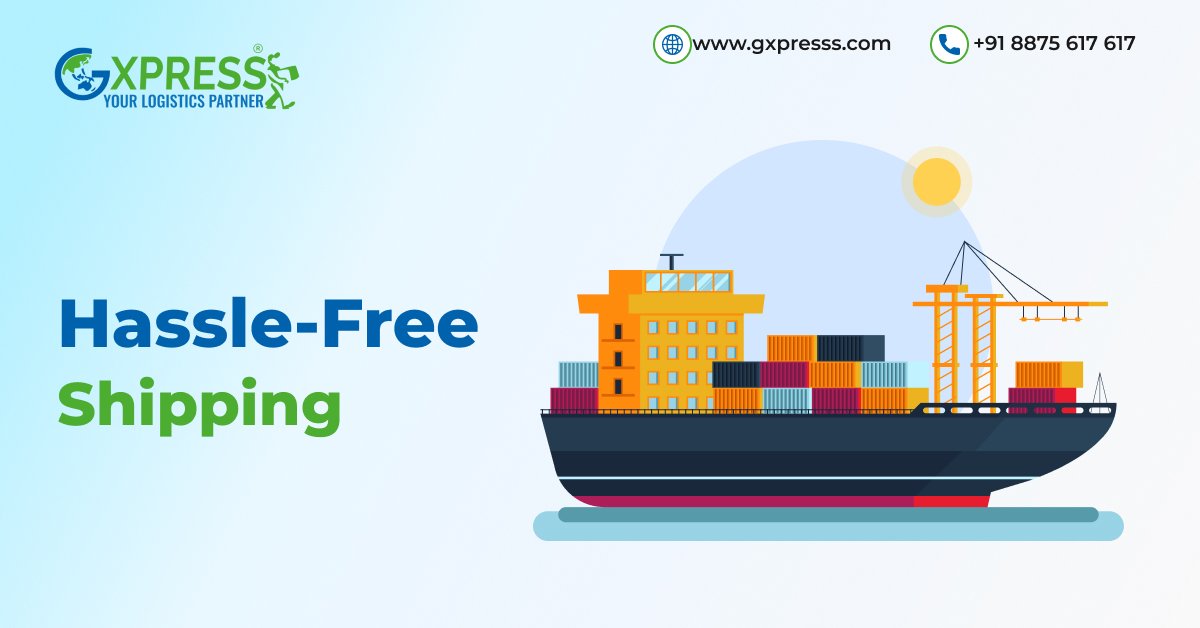
Documents Required For Customs Clearance Process For Imports
It is part of living with customs that they need complete paperwork to the letter. If some documents are missing or have errors in them, a delay is almost certain in clearance. Usually, these are the things that need to be in order.Bill of Lading / Air Waybill
Justifies obtaining the item(s) being shipped and the owner of the goods.Commercial Invoice
Contains product specifications, the total amount, and the terms of the transaction.Packing List
Explains how items are packed in detail.Import License (if required)
For items under restriction or control.Certificates (Origin, Inspection, or Compliance)
The pacific of the commodity is the deciding factor. Hint: Do look at every aspect to make sure it is all correct- product descriptions, HS codes and declared values are a few of the things that should be the same with all documents. Lack of complete matches even in the smallest of details can cause a lot of trouble.How The Customs Clearance Process For Imports Works
Step 1: Arrival Of Shipment At Port Or Airport
The shipment upon arrival at the port or airport is transferred to the custody of the authorities there. The importer or their appointed customs broker then submits the Bill of Entry to the customs, a formal declaration of the goods for clearance. This is the point where technology comes to help. E-filing of the documents is permitted in several countries, which has cut down the time for processing substantially. This step with the help of Gxpress and its network of experienced partners can often be accomplished even before the vessel berth.Step 2: Assessment Of Duties And Taxes
Every shipment from abroad is levied with customs duties, taxes, or both which depend on the product category and any trade agreements between countries. Customs authorities figure out these charges on the basis of:- HS Code classification
- Value of goods declared
- Country of origin
- Any applicable exemptions or concessions
Step 3: Customs Examination And Inspection
Depending on the risk profile of the goods, customs officials may carry out a physical inspection of the shipment. Such a procedure might be just a simple X-ray scan or even a complete unpacking. Generally, inspections look over the following:- Items that are prohibited or restricted
- Misdeclared quantities or values
- It also checks the compliance of the product with the safety or quality standards.
Step 4: Duty Payment
After the evaluation of duties and taxes, the importer is given the responsibility to make the payment. The goods, thus, will be released. The process of duty payment in many ports can now be done online which has greatly contributed to the procedure being less time-consuming. Tip: Keep an amount of money in reserve in your account for payment of duties and charges. These are the ones that must be cleared timely for you not to get into trouble with demurrage (extra storage fees at the port).Step 5: Release And Delivery Of Goods
Once the payment is made and clearance is attained, customs issues a release order. The shipment is delivered to the importer or their representative for the final recipient at the warehouse or final destination.Step 6: Record-Keeping And Compliance
The procedure of importing goods is not complete until they are with you outside the port. Customs regulations in many instances require that importers keep records of invoices, permits, and payments for a specific time period (often 5 years). Keeping clean records not only enables one to be in line with the law but also is very helpful during inspections or when claiming duty drawbacks.
Common Challenges Importers Face
In spite of the detailed process, importers still often come across challenges such as:Wrong Hs Code Classification
Which can cause the company to be involved in legal conflicts or be fined.Incomplete Or Mismatched Documentation
That unnecessarily holds up the whole process.Unexpected Regulatory Changes
Which can affect clearance if the changes are not known.High Demurrage/Storage Fees
Resulting from the slow clearance or lack of coordination. And this is where the difference between a global logistics partner and other kinds of partners is very visible. You get the calm and the expected timeframes that come with a professional team that is handling the entire clearance procedure for you.How to Ensure Hassle-Free Customs Clearance
To make your next customs clearance process for imports is less complicated, here is a list of best practices:Plan In Advance
It is better to understand the documentation necessary and the duties applicable before shipping.Work With Reliable Brokers
The licensed customs brokers who are well-equipped with the rules will efficiently take you through.Take Advantage Of Technology
The process of digital tracking and e-filing doesn’t suffer from the same customs delays as the manual one.Be Alert For The Latest In Regulations
They actually change very often.Hire The Proper Logistics Partner
The end-to-end solutions always bring fewer troubles than you expect.Conclusion
The customs clearance process for imports is really overwhelming most of the time and especially if you are new to international trade. But actually, think of it as a gate that only lets through safe, legal, and transparent trade across borders. With the perfect method (and the perfect partner) this process becomes easier and less scary. It is the Gxpress luxury to be the most reliable shipping solutions provider with no obstacles in the way from preparing documents to the completion of customs clearance, regardless of whether you are an importer of electronics, apparel, or bulk commodities. Our dedicated account managers handhold you through each phase so you can spend time working on your business rather than doing paperwork or waiting at the port for your delivery. Because the export and international trade world is such that saving time is equivalent to taking advantage of new opportunities.Frequently Asked Questions (FAQs)
Q1. What Are The Steps For Customs Clearance?
The steps of the process are document preparation, submission of a Bill of Entry, duty assessment, inquisition (if required), payment of duty/tax, and the release of goods.Q2. How Many Days Does Customs Clearance Take?
Generally, it takes between 1 and 3 days when documents are in order; however, the waiting period can be extended due to inspections, high congestion at the port, or regulatory issues.Q3. Who Is Responsible For Customs Clearance?
In most cases, it is the importer together with the customs broker/agent whom they appoint that leads the way in clearance while making sure that everything is done in accordance with the law.Q4. What Happens If Goods Fail Customs Clearance?
In the case when goods do not comply, they can be confiscated, sent back to the exporter, or destroyed based on the offense and the applicable rules.Q5. Why Is A Parcel Rejected By Customs?
A parcel gets rejected mostly due to the presence of prohibited/restricted items, incorrect documentation, under-valuation, or non-compliance with safety and trade laws.Q6. How To Check Custom Clearance Status?
One can find out the status through an online portal of the customs department, a tracking system of the shipping line, or through the customs broker/logistics partner.Share this article:

